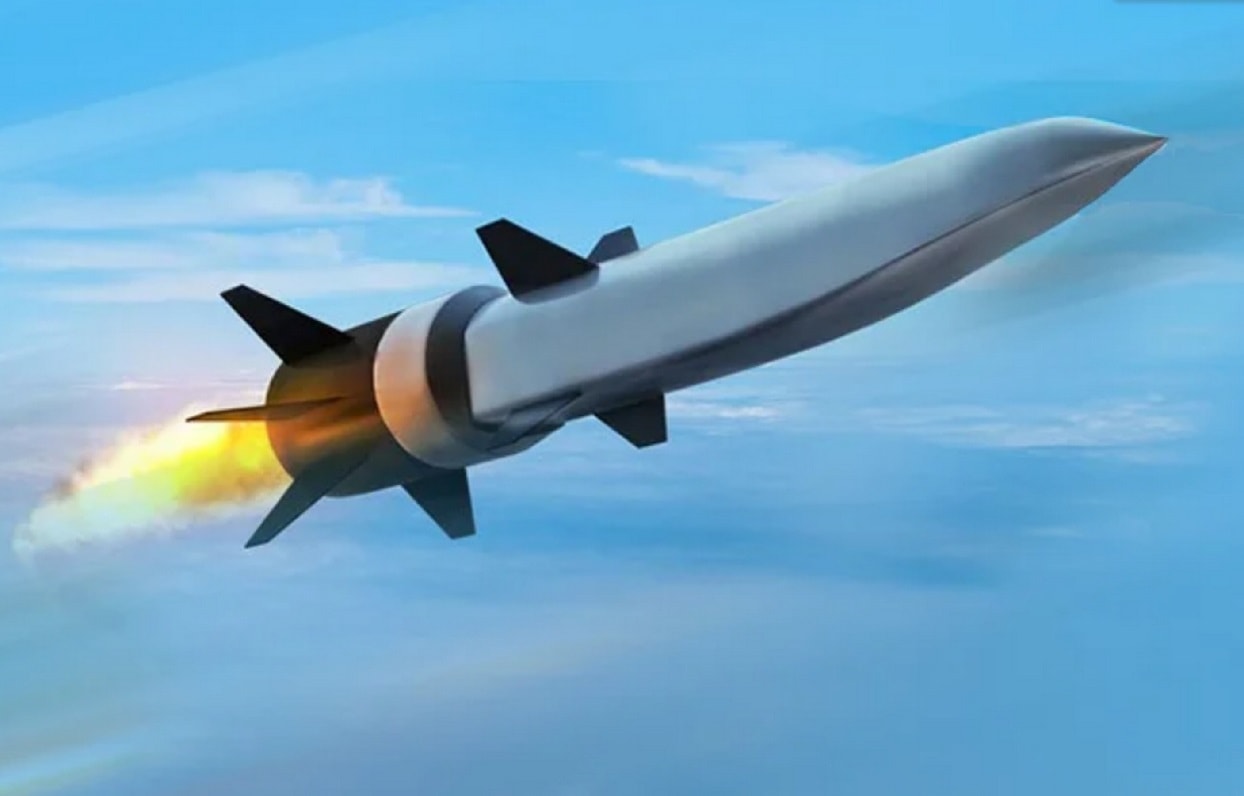Chinese scientists claim they have developed a hypersonic missile that can home in on a target’s heat.
If true – and China has overcome formidable technical challenges – then U.S. forces could face ultra-fast air-to-air and ground-to-air missiles as well as missile defense interceptors.
China’s Next Big Hypersonic Missile Advance?
Scientists at China’s National University of Defense Technology said that “heat-seeking capability allows Chinese hypersonic missiles to home in on almost any target – including stealth aircraft, aircraft carriers and moving vehicles on the street – with unprecedented accuracy and speed,” according to the South China Morning Post.
At first glance, infrared seekers – common since the 1950s in air-to-air and other guided missiles – would seem a natural fit for hypersonic weapons, which travel faster than Mach 5. The problem is physics: hypersonic missiles traveling through the atmosphere generate heat in such quantities that the IR (infrared) signature of the target is drowned out, as well as disrupting radio communications with the missile similar to spacecraft suffering a radio blackout during reentry. In addition, the aerothermal effects of hypersonic flight can crack the optical windows of infrared seekers.
“For example, shock waves and high heat loads produced during flight impart wavefront distortions and boresight errors upon guidance electronics, while aerothermal-mechanical loads challenge aperture integration into flight vehicle aerostructures,” noted the U.S. Defense Advanced Research Projects Agency (DARPA).
Various proposed solutions, such as splashing liquid over the IR windows or using cooling tubes, were not effective or practical, the Chinese researchers concluded in a paper for Chinese journal Modern Defense Technology. Instead, they used what sounds like a cooling fan.
“The Chinese scientists put an air-blowing device in front of the infrared window to generate a thin membrane of cold air, reducing the heat on the glass,” the Post said. “Some research teams in other countries had tried this approach but failed because the cooling air could trigger strong turbulence that distorted the heat signal, giving a fuzzy, flickering and less accurate location of the target.”
To achieve this, the researchers “developed a compact, lightweight device that could generate an extremely cold stream of inert gas at more than three times the speed of sound to reduce signal distortion. They managed to squeeze 40 microvortex generators into the air-cooling device to produce air flows that could break apart the turbulence. They also developed a new mathematical model that helped them to better predict and eliminate the optical distortion as missiles accelerated and homed in on targets at wide attack angles.”
America Has Its Own Hypersonic Missile with Similiar Technology
Meanwhile, the U.S. military is seeking its own hypersonic-capable infrared homing technology. In June 2021, DARPA awarded contracts to Lockheed Martin and Georgia Tech Research Corp. for its High Enthalpy Aperture Technology (HEAT) project. HEAT is intended to “protect sensitive electronics from the aggressive aerothermal environment of high-speed flight while providing transparency to the RF [radio frequency] or IR electromagnetic energy used for guidance, communication, and sensing,” according to the June 2020 DARPA proposal.
“The HEAT program will develop a new class of materials that are capable of operating at high heat fluxes and dynamic pressures to enhance hypersonic operational capability,” said DARPA. “Proposed research should investigate innovative approaches that enable revolutionary advances in the design and implementation of aperture materials. The HEAT program will focus on (1) RF radome materials, (2) IR window materials, and (3) enabling aperture material technologies for next-generation hypersonic platforms.”
A Growing Hypersonic Missile Threat
Interestingly, the Chinese scientists said the U.S. had been a leader in high-speed IR technology in the 1980s and 1990s, partly as a result of research into intercepting ballistic missiles. Whether the Chinese hypersonic IR concept will work in combat as well as the laboratory, remains to be seen. But China is clearly sending the message that it is overtaking the U.S. in advanced technologies.
A seasoned defense and national security writer and expert, Michael Peck is a contributing writer for Forbes Magazine. His work has appeared in Foreign Policy Magazine, Defense News, The National Interest, and other publications. He can be found on Twitter and Linkedin.

